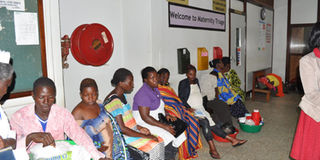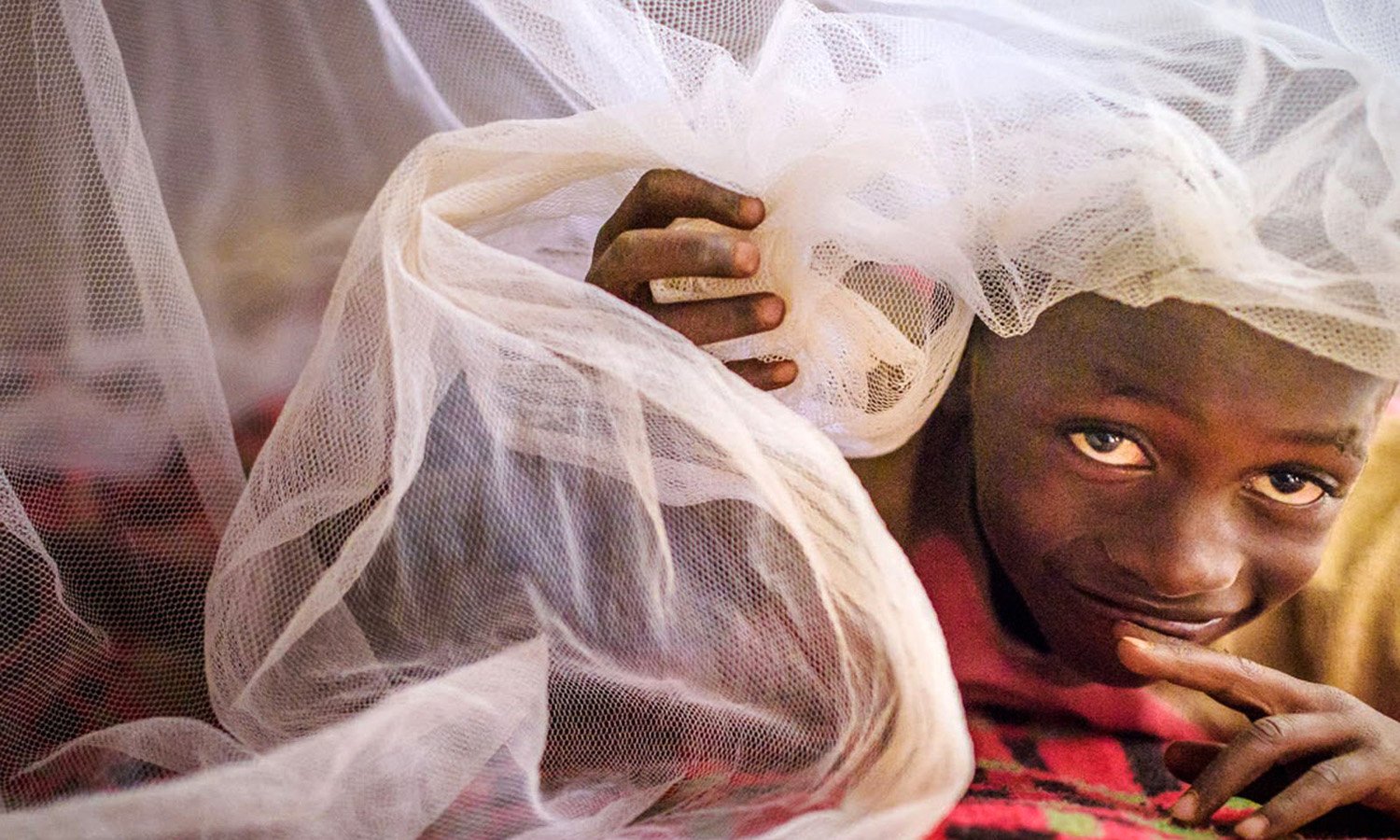Young girls shunned due to fistula

Expectant mothers at Mulago hospital’s maternity ward. Fistula has been noted to affect mainly first-time mothers. PHOTO BY Rachel Mabala
What you need to know:
Commemoration. Today is International Day to End Obstetric Fistula, a day observed in the hope that wider awareness of the problem will reduce the number of, especially teenagers, who suffer from obstetric fistula. Daily Monitor’s explores which people are most affected
Kampala.
“I keep urinating on myself and people do not want to get near me because of the odour,” said Sarah, 20.
Sarah has lived with fistula since January last year after having a prolonged labour.
“I have now undergone three surgical operations and I have not yet recovered, I cannot stop urine so I was told to return for another surgery this month,” she adds.
However, Sarah has hope that she will soon fully recover and start a business to earn a living.
Like Sarah, Susan, 18, is also admitted at the Mulago hospital fistula ward waiting to have her bladder repaired to stop the uncontrolled passing of urine. She also lost her baby.
According to the Uganda Demographic Health Survey (UDHS) 2011, one in every four girls aged 15-19 is already a mother or pregnant with her first child. Two of these girls being victims of fistula.
In Uganda, it is estimated that one in every 50 women of reproductive age has had fistula and the number might be more than that because fistula is a hidden problem, affecting maternal health.
According to the United Nations Population Fund (UNFPA), compared to women, many teenagers are less likely to give birth with a skilled attendant. Every year, between 50,000 to 100,000 women worldwide are affected by obstetric fistula.
“Fistula normally happens to both teenagers and mothers with their first pregnancies mostly in rural areas,” says Sister Christine Achan, the main midwife at Mulago’s fistula ward.
Today, the world marks the International day to end obstetric fistula.
Masaka is hosting this year’s national day to end fistula in Uganda under the theme: ““Tracking Fistula – Transforming Lives”.
On tracking the condition, women who give birth under the age of 20, and have little or no knowledge about pregnancy, are at a high risk of fistula. The bones of young girls surrounding the birth canal are not fully developed. Poor nutrition during a girl’s childhood can also cause stunted growth and increase her risk for fistula.
“The fight against fistula starts with attending antenatal care in the earlier stages of the pregnancy where a health worker can advise,” adds Sr Achan.
what is fistula?
Fistula manifests through a hole that develops in the birth canal and bladder. According to UNFPA, obstetric fistula is a preventable and treatable child-bearing injury that results from prolonged and obstructed labour – a condition that has left hundreds of thousands of women in shame and isolated by their own family.
Obstetric Fistula may also arise from a surgical injury during an operation in the theatre. However, Dr Peter Mukasa, a technical specialist at the Ministry of Health says chances of getting it from the theatre are limited. “The surgeons are very careful and they examine the patients before and after an operation, which makes the chances limited,” he says. Adding that the surgeons who handle such operations are very competent.
consequences and prevention
•The baby usually dies during the prolonged birth.
• Women suffer a physical and psychological trauma.
• Women with fistula are normally abandoned by their husbands.
Prevention
• Seek antenatal care at least four times during a pregnancy.
• Have a child birth plan.
• Ensure girl children have a balanced diet such that their bodies develop well.
• Delay girl pregnancies until they turn 20 years.
• Use family planning to avoid risky of early and unwanted pregnancies.
• Ensure that girls complete at least tertiary education which helps then prevent early pregnancies.




